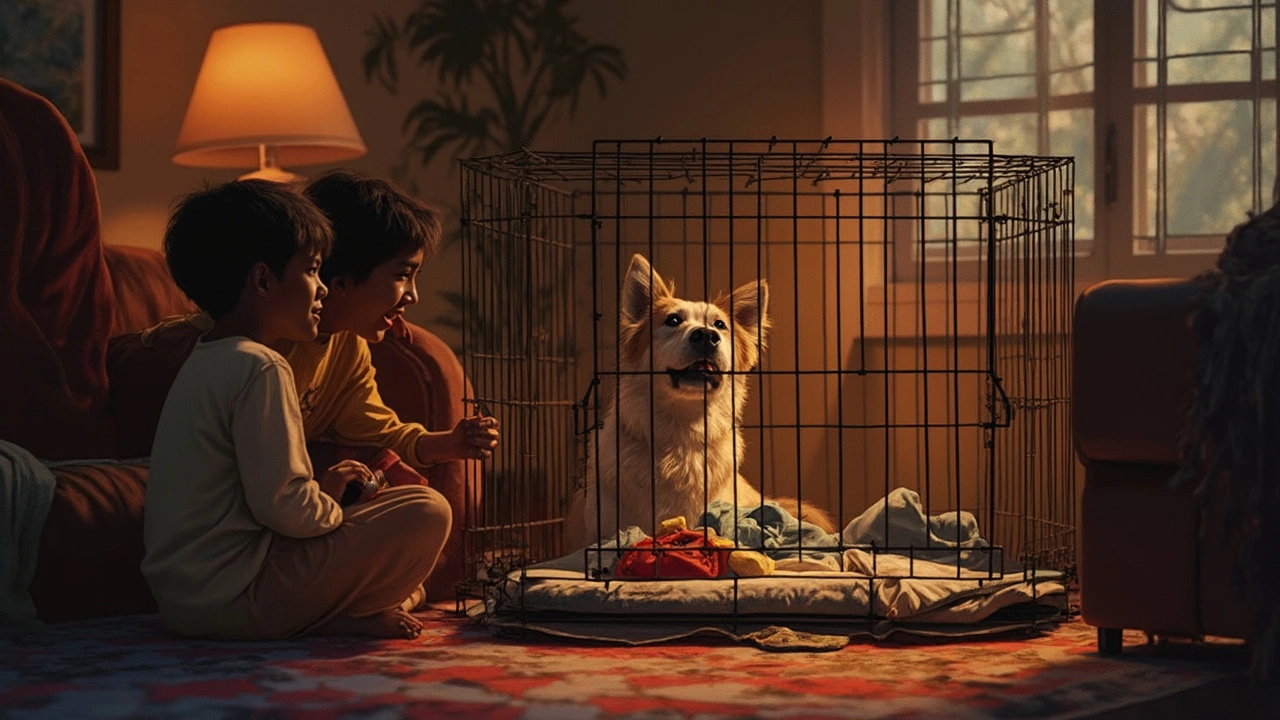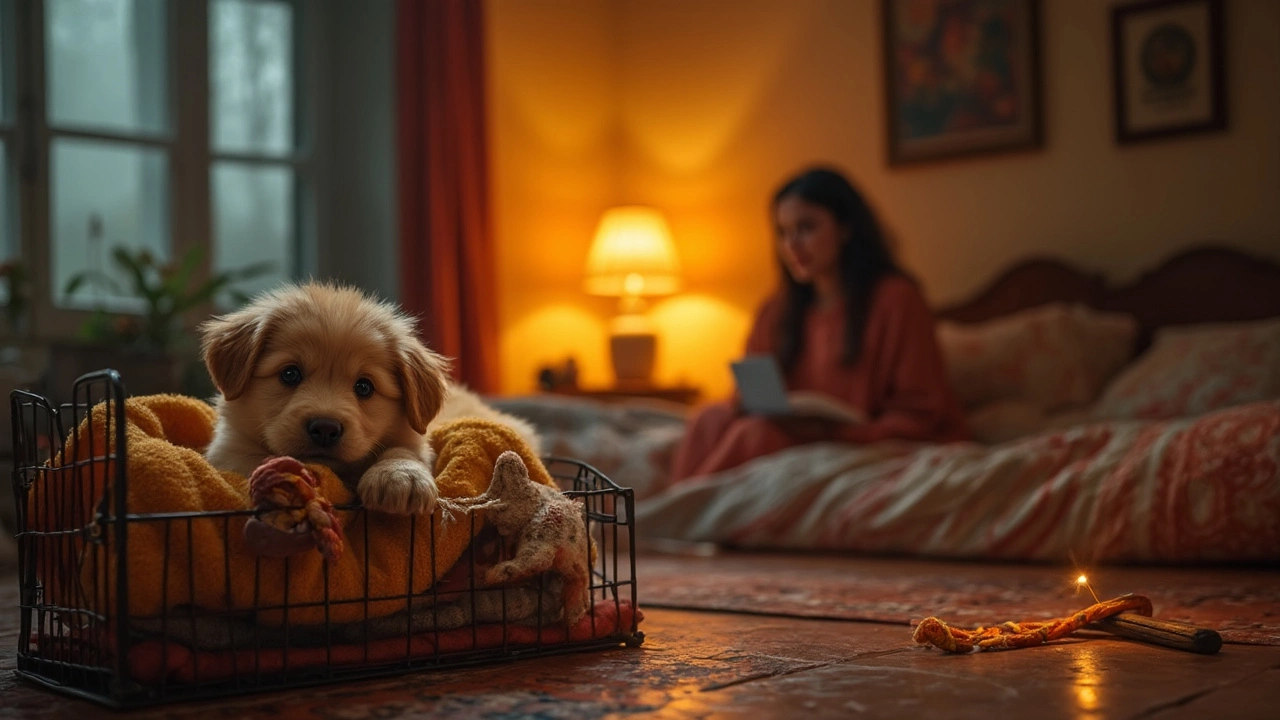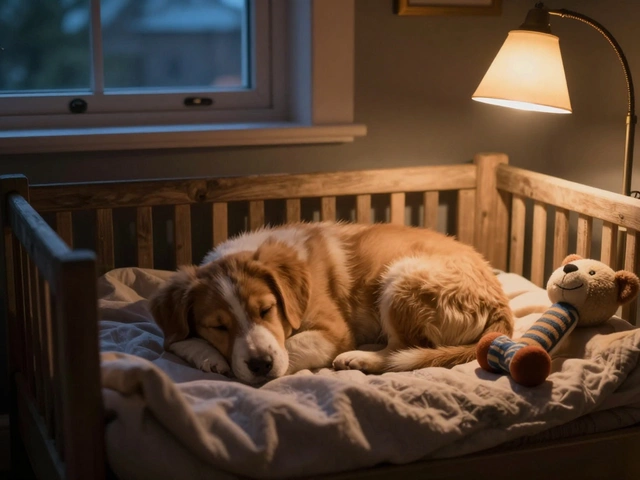Crate Training: Simple Steps to Success
Crate training can feel intimidating, but it’s really just giving your dog a safe, comfy spot. Think of the crate as your pup’s own bedroom – a place they can retreat to when the world gets noisy. The goal isn’t to punish; it’s to teach a routine that works for both of you.
Why Crate Training Works
Dogs are natural den‑lovers. A snug crate satisfies that instinct and makes house‑breaking easier. When the crate is associated with good things – treats, toys, and praise – your dog will choose it over chewing shoes or having an accident on the floor. Plus, a well‑used crate keeps your pet safe while you’re busy or away.
Practical Tips for Every Puppy
1. Pick the right size. Your dog should be able to stand, turn around, and lie down comfortably. Too big turns the crate into a room, too small feels cramped.
2. Introduce it slowly. Place a soft blanket inside, toss a treat in, and let your pup explore on their own. Keep the door open at first so they don’t feel trapped.
3. Use meals to build a positive vibe. Feed breakfast and dinner inside the crate. The scent of food will link the crate with a good experience.
4. Start with short stays. Close the door for a minute while you’re in the room, then gradually increase to 10‑15 minutes. If your dog whines, wait until it quiets down before letting them out – this teaches that calmness earns freedom.
5. Never use the crate as punishment. If you send your dog to the crate after a mistake, they’ll associate the space with negative feelings.
6. Take breaks. Puppies can’t hold it for long. A rule of thumb is one hour per month of age plus one hour. A 10‑week pup needs about two to three bathroom breaks outside each day.
7. Make bedtime easy. Put the crate near your bedroom for the first few weeks. Hearing you breathe helps your dog settle faster.
8. Keep the crate clean. A fresh scent encourages use. Wash blankets weekly and wipe down the interior with a pet‑safe cleaner.
Most owners see big progress within a week if they stay consistent. Remember, the crate is a tool, not a trap. When you follow these steps, your dog will view the crate as a safe haven, and you’ll enjoy a cleaner home and fewer stress moments.
At Guardian of All Wagging Tails, we’ve helped dozens of owners turn crate training into a smooth, rewarding part of daily life. If you’re stuck, our team is ready to answer questions and fine‑tune the plan for your furry friend. Happy training!

At What Age Should a Dog Not Sleep in a Crate? Key Signs and Tips
How long should your dog sleep in a crate? This article dives into the signs that your dog is outgrowing the crate, the best age to let them sleep outside, and practical steps for a smooth transition to a dog bed. You'll also find useful tips to keep your dog feeling safe and comfy and learn why timing matters for their well-being. If you're unsure when to say goodbye to the crate, this guide has your back.
read more
Where Should an Untrained Puppy Sleep? Real Answers for Restful Nights
Figuring out where your new, untrained puppy should sleep isn't just about comfort—it's the secret to less whining, fewer accidents, and smoother training. This article breaks down your real options, knocks out myths, and gives you smart tips to help your puppy (and you) get better sleep. You'll find concrete info on picking safe, cozy sleep spots and what setups actually work in real homes. Tackle common mistakes before they turn into habits. By the end, you'll know exactly how to help your puppy settle in safely and build good sleep routines from day one.
read more



